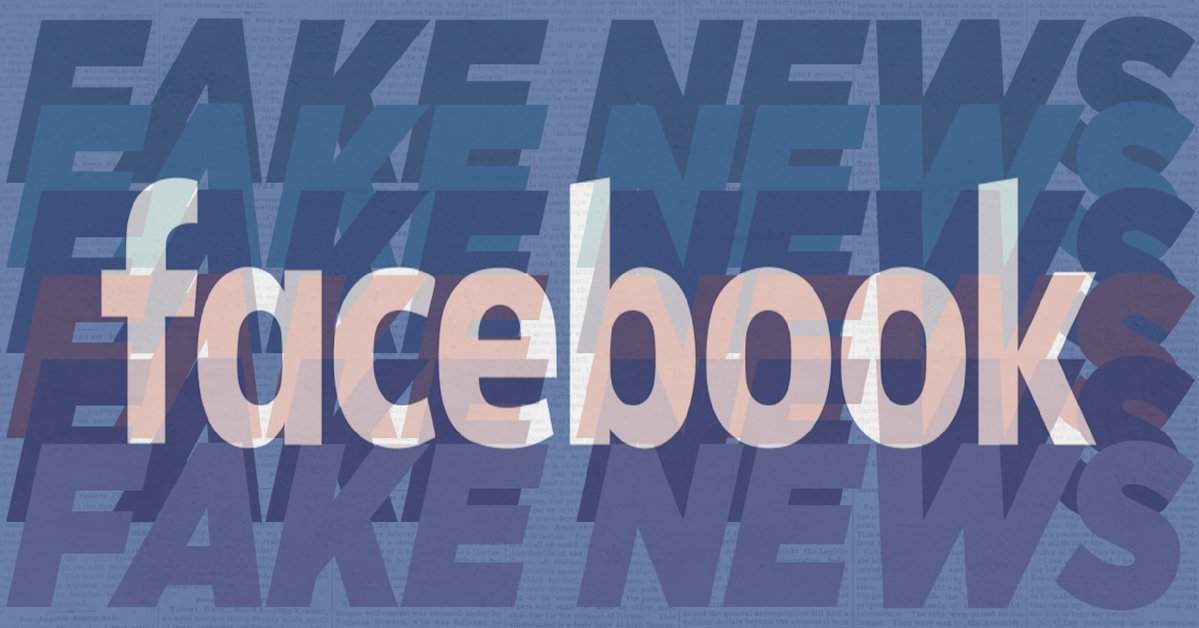
Hoaxes, misinformation and conspiracy theories — for the past few months, the danger posed by “fake news” has dominated the headlines.
“Let’s name and shame the fake news bandits,” appeared in The Times, “Fake news is about to get even scarier than you ever dreamed,” in Vanity Fair and “Why your brain may be wired to believe fake news,” in Forbes — just some of the many mainstream media outlets alerting the public to the alarming rise of so-called “alternative facts“.
But how is it that factually inaccurate articles translate directly into financial gain, attracting readers and advertisers alike?
What, exactly, is fake news?
In its purest form, fake news refers to nonsense; made up stories full of outright lies designed to deceive people.
A story which appeared on a fake news site endingthefed.com reporting the Pope’s endorsement of Donald Trump during the US presidential election went viral on social media, despite being wholly untrue.
The article has since been removed from the site, but it was too late.
How well do you really know your competitors?
Access the most comprehensive Company Profiles on the market, powered by GlobalData. Save hours of research. Gain competitive edge.

Thank you!
Your download email will arrive shortly
Not ready to buy yet? Download a free sample
We are confident about the unique quality of our Company Profiles. However, we want you to make the most beneficial decision for your business, so we offer a free sample that you can download by submitting the below form
By GlobalDataBy the time the results of the election were announced in November, the article had picked up 960,000 Facebook engagements, according to data compiled by Buzzfeed.
The more tricky, sophisticated type of fake news is a hybrid form; some parts of the article are entirely based on fact and other parts have no truth in them whatsoever.
The trouble is fake news in all its forms, “has the characteristic of being almost irresistible,” Ben Edelman tells Verdict.
Edelman is an associate professor at the Harvard Business School where he studies and teaches about the economics of online markets.
“You want to read it. It sounds so good you can’t help but click on it, hence the term clickbait.”
Advertisers want their ads to appear on sites which generate the most online traffic, and so Facebook financially benefits, albeit indirectly, from hosting fake news platforms.
“It’s not so easy to replace fake news because it is a particularly attractive kind of content,” professor Edelman adds.
So advertisers as well as tech giants like Facebook, Google and Twitter face a moral dilemma.
Judge, jury, and executioner
Do popular online platforms crackdown on fake news by removing certain sites from appearing altogether, despite the money they could lose as a result?
Do advertisers refuse to market their brands on fake news websites and suffer a similar fate?
Such decisions are highly complex, and can only be made once other pertinent questions have been answered.
Do we need a universal definition for exactly what constitutes fake news? Who decides what is true and what is not?
Apple‘s chief executive Tim Cook said a crackdown is necessary because fake news is “killing people’s minds”.
He urged all technology companies to “create some tools that help diminish the volume of fake news,” in an interview with the Daily Telegraph.
Given the majority of Americans and Britons struggle to differentiate between real news and fake news, perhaps all parties involved in ensuring misinformation reaches large swathes of the world population need to do more.
Seventy-five percent of adults in the US who see a fake news headline believe it, according to an Ipsos Mori poll conducted for BuzzFeed in December.
Ninety-six percent of UK citizens cannot even identify a fake news story, a YouGov survey commissioned by Channel 4 revealed last week.
“I do think that advertisers have a moral obligation to ensure their ads do not appear on known fake news websites and I think they should be punished if they refuse to comply,” Paul Levinson, the author of Fake News in Real Context and professor of media studies at Fordham University in New York tells Verdict.
“It is one thing trying to sell a product, but it is another thing to put money into the pockets of those [fake news websites] doing harmful things to society,” he says.
Once social media giants start flagging fake news stories as unreliable sources of information, then perhaps advertisers will follow suit.
Those fabricated stories will no longer attract as many clicks, rendering them less useful as a marketing tool.
At the end of last month, Facebook released a statement emphasising the value the company places on “authentic” communication.
“If a post is likely to be authentic based on the new signals we look at, it might show up higher in your feed,” it said.
Filtering systems are already in place in the US, Germany and France, where Facebook has linked up with local fact-checking organisations to ensure more accurate information is disseminated.
The social media platform partnered with third parties such as US fact-checking websites Politifact and Snopes as well as Berlin-based Correctiv.
However, the initiative appears to have had a limited impact so far.
Just last week, Syrian refugee Anas Modamani took the social media platform to court after a selfie he posed for with German chancellor Angela Merkel was used in fake news stories falsely linking him to a terrorist attack.
The stories appeared on Facebook’s news feed and were not taken down.
“There are billions of postings each day,” Martin Munz, a Facebook lawyer told the German court. “You want us to employ a sort of wonder machine to detect each misuse. Such a machine doesn’t exist.”
It is true that Facebook, with an estimated 1.86bn monthly users, faces a colossal task if it has to closely monitor all content, not to mention the challenge such an extensive vetting process poses to freedom of speech.
What’s more, no technology is yet sophisticated enough to identify false information in articles from such an enormous number of news outlets.
“Artificial Intelligence (AI) has been suggested as a possible solution – where algorithms identify whether an article is likely to be true or false,” Katja Bego, a data scientist from Nesta, a UK-based charity focused on promoting innovation, tells Verdict.
“Unfortunately, human-beings already have a hard time distinguishing between real and fake and AI methods as they are today are not yet sophisticated enough to do this task with a high degree of accuracy,” she explains.
So what can be done?
It is the financial aspect of the so-called “post-truth” problem which deserves serious attention.
“The ad and publishing ecosystem has a responsibility to make it harder for creators of purposely fake news to make money,” said Dan Fichter, chief technology officer at Moat, the largest digital advertisement search engine.
Moat is in the process of developing a “metric” to tackle the problem by spotting fake news stories as they go viral.
Once the deliberate spreading of falsehoods is no longer lucrative for advertising companies, social media platforms, and fake news providers, then the cycle simply cannot continue.
And Facebook, worth an estimated $350bn, is just one of the many tech giants who can certainly afford to lose out on some advertising revenue.
“Some things are more important than making money,” says Professor Levinson.







